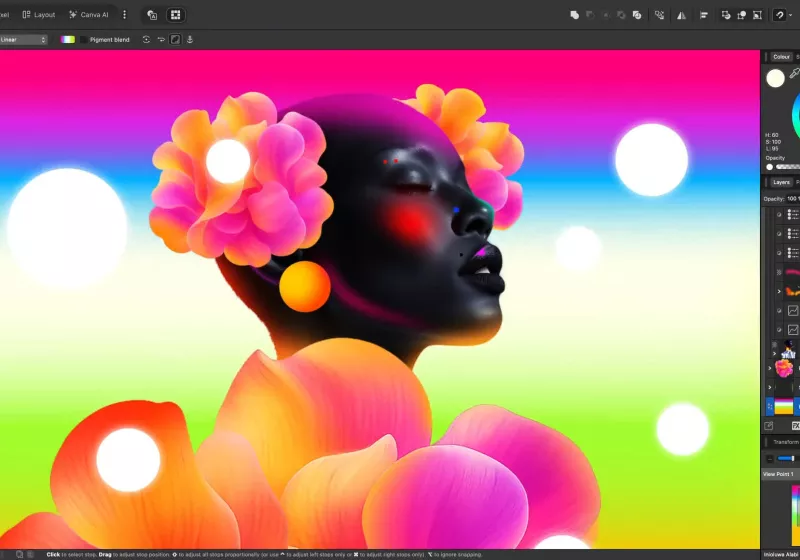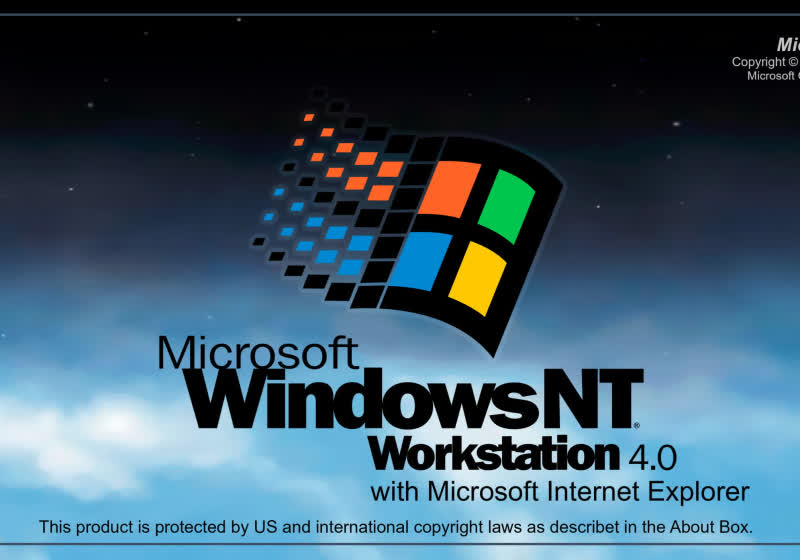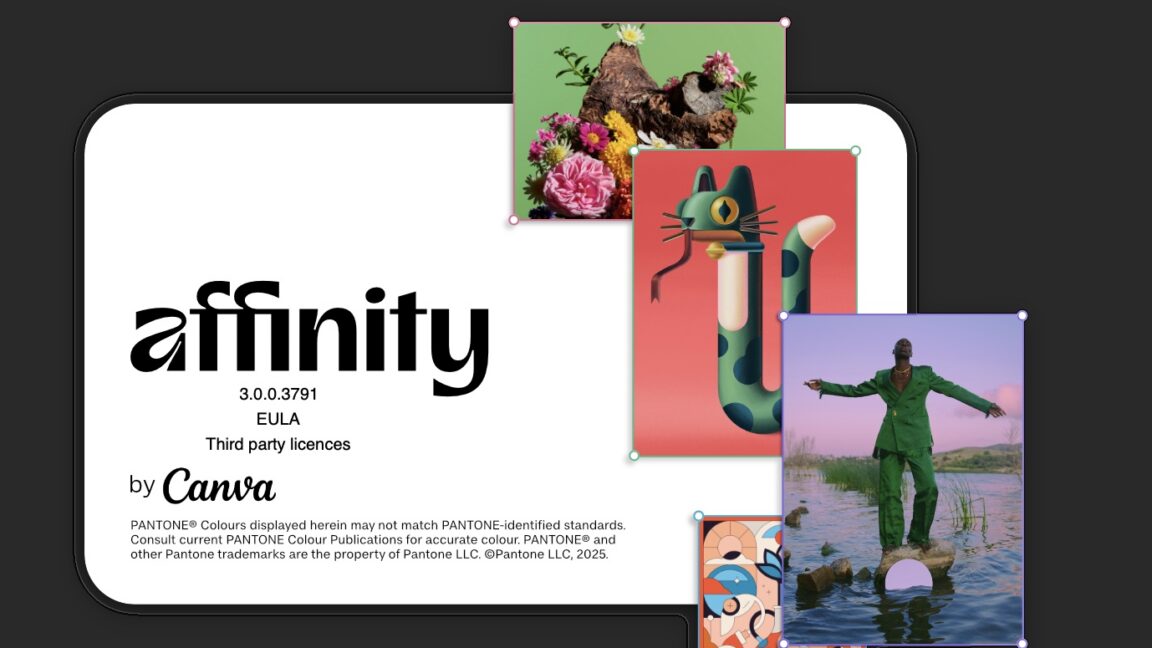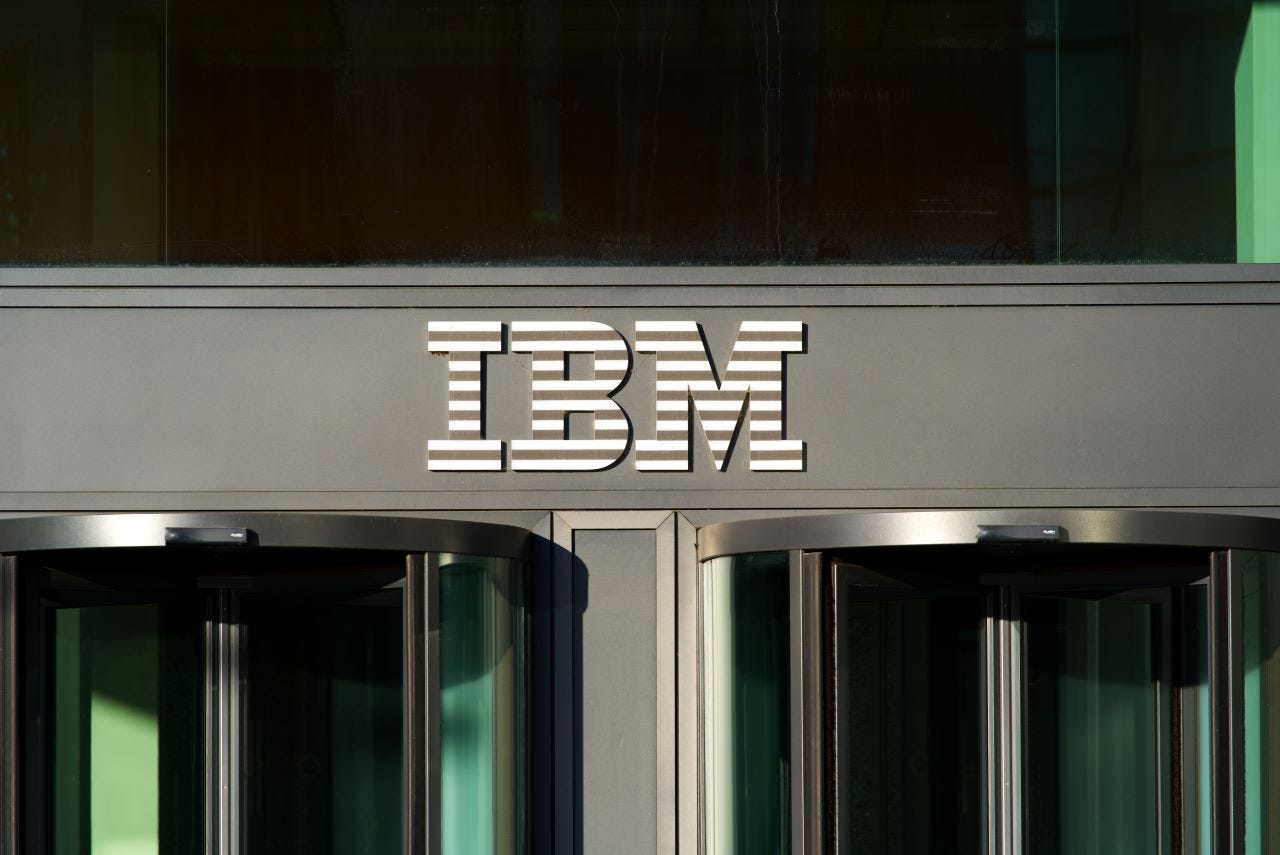Canva merges Affinity suite into a single free desktop app
PositiveArtificial Intelligence

Canva has just launched a new free desktop app that merges its Affinity suite into one unified platform, making it easier for users to access powerful design tools. This move is significant as it simplifies the design process for both professionals and amateurs, allowing for a more streamlined workflow. By combining the previously separate applications, Canva is enhancing user experience and accessibility, which could attract more users to their platform.
— Curated by the World Pulse Now AI Editorial System






